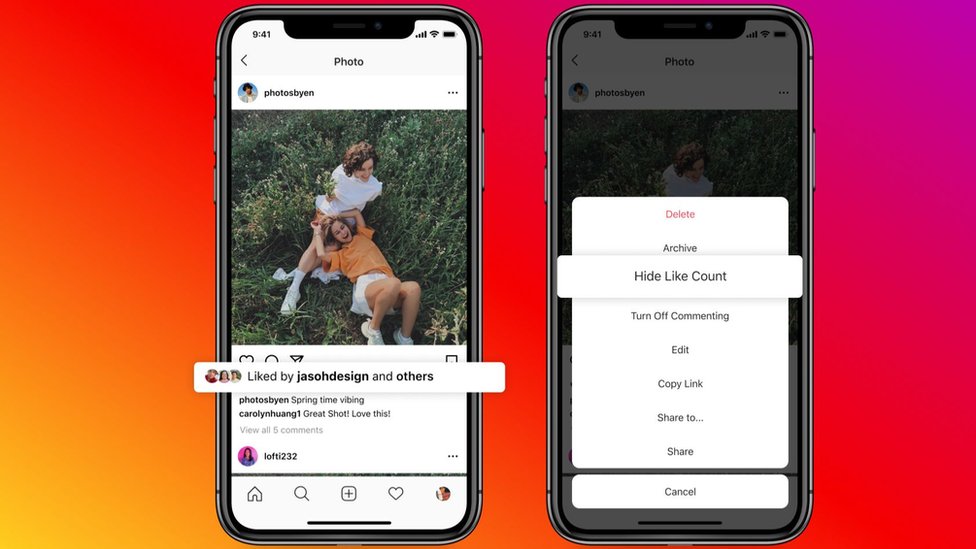If you’re looking to buy a new budget Android phone, 5G is probably the last thing you should be looking at. Unless you are willing to buy an upper mid-range or flagship phone, we suggest you avoid 5G altogether and look for good 4G budget phones instead.
We’re not saying 5G is bad, but putting it inside a budget phone doesn’t make sense and is really wasting your money as a value-conscious buyer. In this article, let us understand the major reasons why you should avoid buying a budget 5G Android phone.
5G infrastructure will take time to set up
There’s a lot more to switching to a new generation of cellular technology than just clever marketing and faster modems. For context, the world’s first 4G phone was released back in 2010, but 4G technology was adopted by nearly half the global population by 2019.
Even our most optimistic estimates for global 5G adoption are in 2025. And considering how most people keep their phones for two to three years, it’s very likely you’ll be looking to buy a new phone by 2025 anyway, so it doesn’t matter. Now feel like buying a new 5G Android phone.
Furthermore, budget Android phones are made from cheaper, less durable materials and are therefore more likely to become obsolete quickly, so the 5G capacity you pay for will eventually go unused due to the lack of proper 5G infrastructure.
Flagships, on the other hand, are made of higher-quality materials and are far more durable and can therefore be used for many years, so you can actually use 5G on them when the technology finally goes mainstream after a few years. It becomes
Some 5G plans are unnecessarily expensive
If you’re buying a budget phone, your priority should be to get the most value for your money. And since 5G is still in its infancy, 5G plans are often far more expensive. So, you’re probably better off sticking to 4G for the foreseeable future.
Even if you buy a 5G plan, you are not necessarily getting blazing fast speeds. When service providers claim they offer 5G coverage across the country, they are mostly referring to sub-6GHz 5G which is only slightly faster than 4G.
Real-fast mmWave 5G will remain inaccessible and unaffordable for most people until 2025. What’s worse, service providers are pushing confusing 5G standards like 5G, 5G+, 5G UW, and 5G E that make it tough for the average. Which plans to compare.
Budget 5G phones have big compromises
Perhaps the biggest reason why you should avoid budget 5G Android phones is that they come with a lot of compromises. The profit margins on budget phones are already very low, and adding a 5G modem inside the device increases its production cost.
Hence, in order to maintain their profit margin, smartphone makers have to compromise on other features. Perhaps the camera hardware is out of date, the build quality is poor, the software isn’t optimized, or the battery hasn’t gone through enough quality control tests.
The other option is to offer two different versions of the same phone: one with 5G and one without 5G. For example, the Galaxy A13 costs $189, while the Galaxy A13 5G costs $249.
Not only is the 5G model more expensive, but it also lacks the ultra-wide lens and Gorilla Glass protection, and comes with no dual SIM support, thicker bezels, and—get this—a 720p HD display! If it wasn’t already clear enough, these specifications are completely unacceptable by today’s standards.
For more, check out our guide to how much you should spend on a phone.
Avoid 5G if you are buying a budget phone
When you buy a budget 5G Android phone, you’re paying extra for a service you’ll probably never use on a device that’s broken because it supports said service. It is a lose-lose situation.
If you’re looking for the most value, your money will be better spent if you just buy a cheap 4G phone. If your budget is flexible, consider upgrading to a premium or flagship Android phone so you can really take advantage of its 5G capability.




